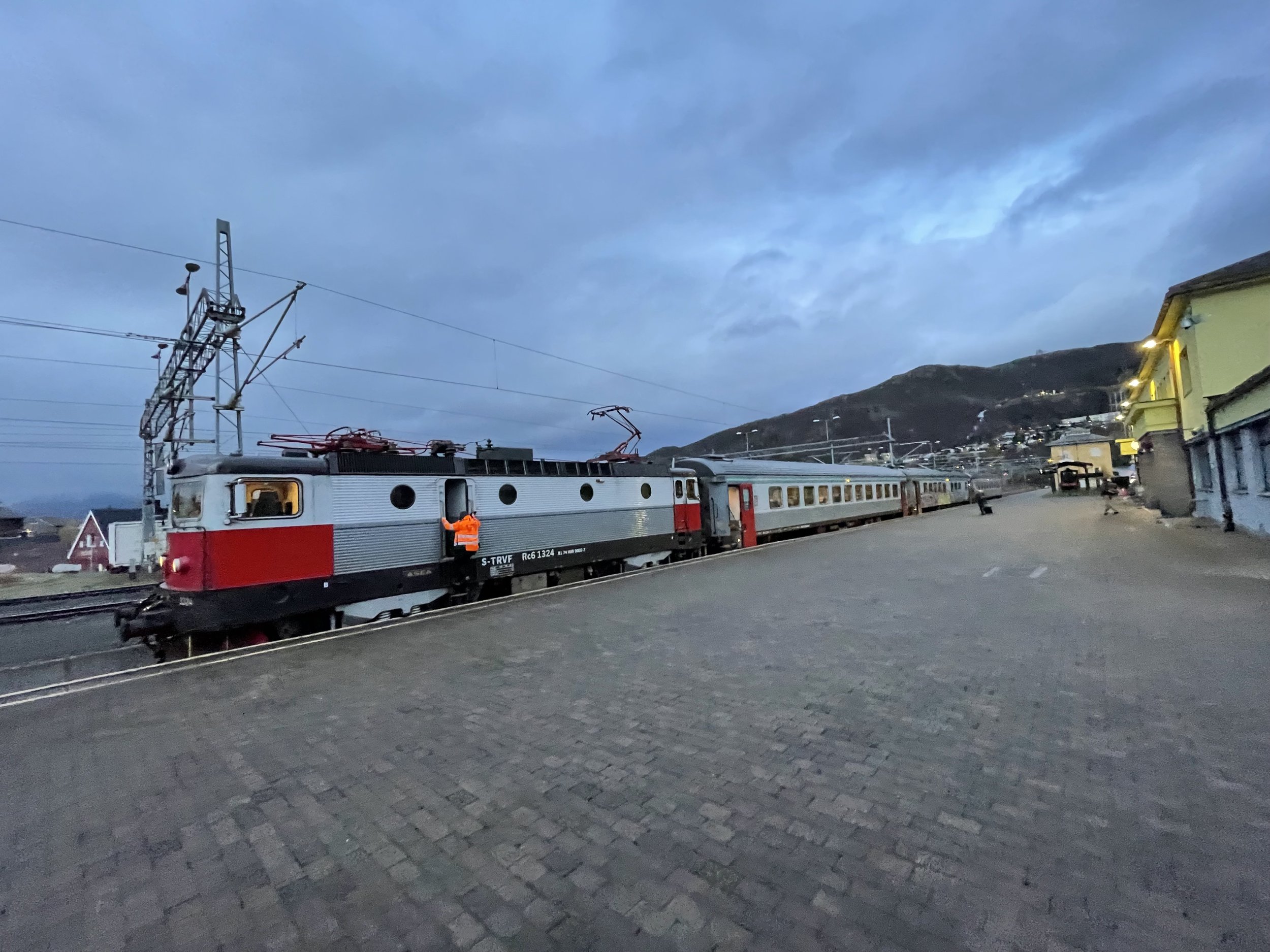
Why slow rail travel matters
Our appetite for long distance travel is contributing to a climate disaster.
While the flight-shaming movement might seem the domain of socially conscious Northern Europeans with a well-developed rail infrastructure, train travel in the United States can be a fulfilling experience, too.
Air travel emits a considerable amount of greenhouse gases, prompting a growing movement of people to renounce flying and even shame others for flying.
Climate activist Greta Thunberg popularized the flight-shaming movement by riding to the United States aboard a zero-carbon yacht.
While most flight-shaming adherents travel extensively by rail throughout Europe, many Americans associate flight shaming with Thunberg’s trans-Atlantic yacht trip — a journey perhaps better taken aboard one of the many cargo ships that accept passengers.
Traveling aboard a zero-carbon yacht is out of reach for all but a few.
But other means of climate-friendly travel are accessible, and this project is, in part, a response to questions about the future of travel on a warming planet.
• • •
I admit, I fly more than most Americans.
But I have also fallen in love with traveling by train.
And I am not talking about the luxurious rail journeys that occasionally show up on our social media feeds (though they look amazing).
Nor even the bullet trains that whisk you from one European capital to another in hours (though these are key to our future).
I am talking about the slow — and largely inefficient — Amtrak trains that chug along at an average speed of 48 mph, often arriving at their destination a few hours late.
These slow trains create memorable travel experiences — and that is what this site will explore.
There is no denying air travel is problematic: The International Council on Clean Transportation reported that carbon dioxide emissions from commercial flights in 2018 amounted to 2.4% of global carbon dioxide emissions from fossil fuel use — and carbon emissions from commercial flights are set to triple by 2050.
We may not be able to continue at this pace.
Is it time to think less exotic, and more local?
In The Tourist Gaze 3.0, John Urry and Jonas Larsen recommend several solutions for the future of travel, beginning with this:
“We need to somehow dispense with the ‘exotic gaze’ which drives so much contemporary tourism and instead favor discourses, schemes and funding which develop what we might term a ‘local gaze,’ to keep people in places rather than roaming across the globe.”
Having traveled more than 33,000 miles on Amtrak, I can vouch for the local gaze, specifically, the travel experiences afforded by local rail travel.
Yes, trains in the United States are slow, inefficient, and almost always delayed. But in my train travels across the United States, I have experienced
sunrise at Mount Shasta in the far northern reaches of California
the length of the Columbia River Gorge, twice
Glacier National Park in June and April — both times with snow
sunset aboard the Sunset Limited among the endless saguaros of the Sonoran Desert
the New River Gorge of West Virginia
the oil fields of North Dakota
the bayous of Louisiana
the Mississippi River along the Minnesota-Wisconsin border, the Illinois-Iowa border, and on the Huey Long Bridge of Louisiana
One of my most memorable experiences is riding the California Zephyr two years ago on the western side of the Rocky Mountains. The train travels along the Colorado River through a series of canyons, some of which are only accessible by train or river raft. No roads, no wifi, no phone service. A priceless experience.
So yes, it is possible to have unique, fulfilling travel experiences close to home without burning jet fuel.
This site explores some of the social, psychological and environmental benefits of rail travel.
⮕ First, for some perspective, let’s explore the early days of rail travel, a time when a 35 mph mile ride was considered jarring.
Bibliography
Graver, B. (2018). CO2 emissions from commercial aviation, 2018.
Greta Thunberg reaches New York by crossing the Atlantic by boat—The Washington Post. (n.d.). Retrieved April 6, 2023, from https://www.washingtonpost.com/lifestyle/kidspost/greta-thunberg-reaches-new-york-by-crossing-the-atlantic-by-boat/2019/08/28/736eb9b2-c04c-11e9-a5c6-1e74f7ec4a93_story.html
Urry, J., & Larsen, J. (2011). The tourist gaze 3.0. SAGE.
Why ‘flight shame’ is making people swap planes for trains—BBC Future. (n.d.). Retrieved April 6, 2023, from https://www.bbc.com/future/article/20190909-why-flight-shame-is-making-people-swap-planes-for-trains



